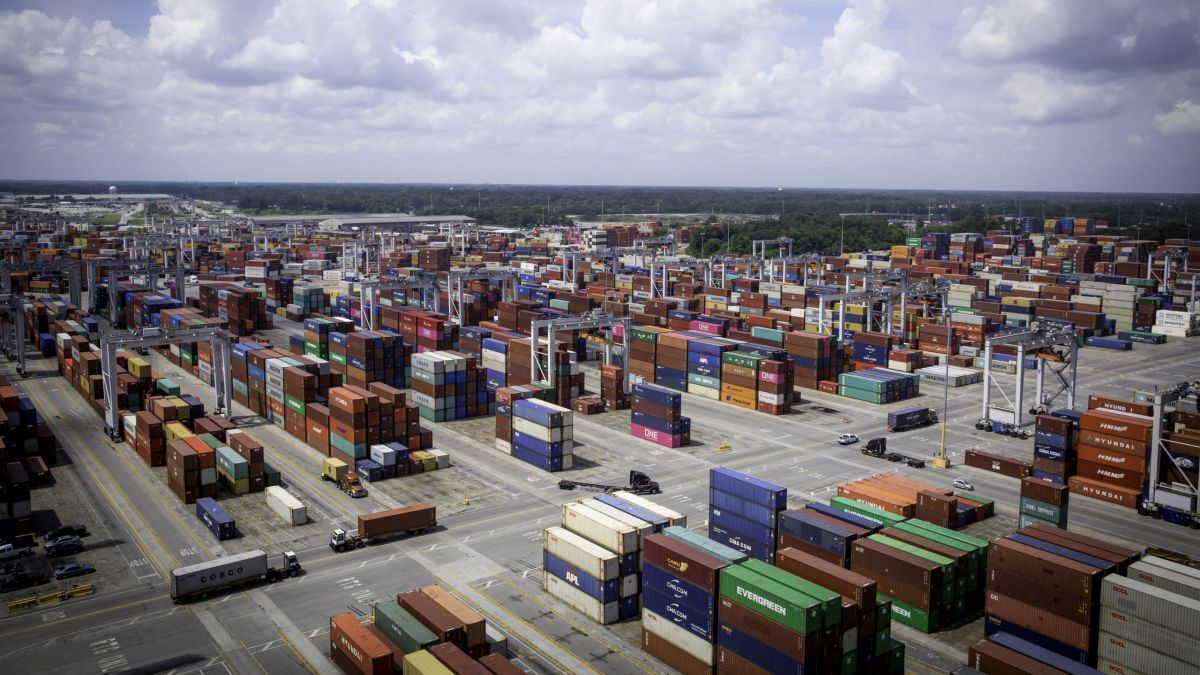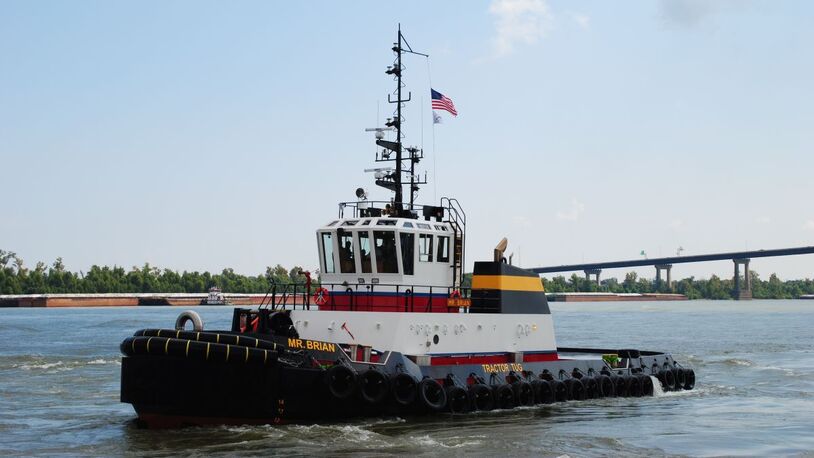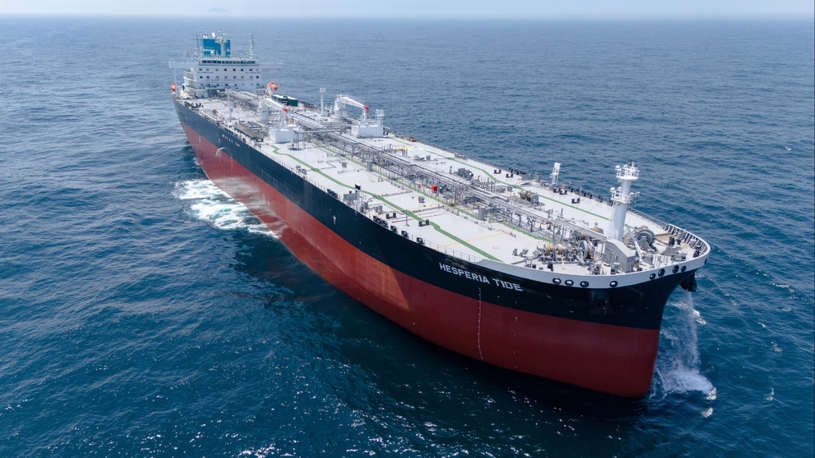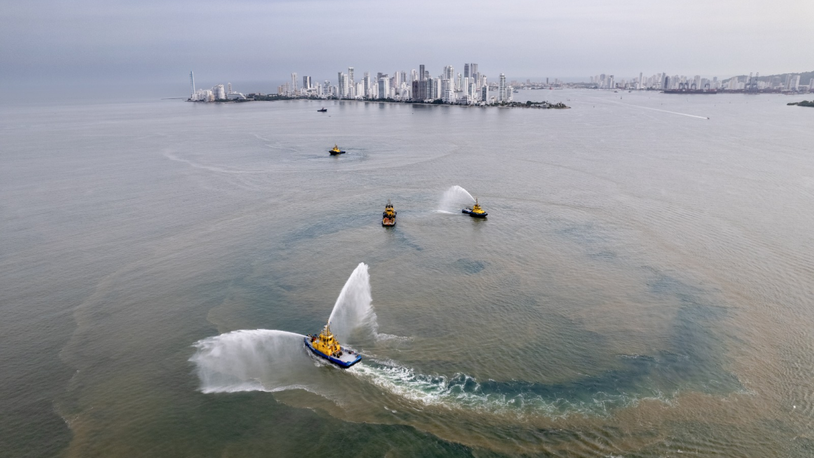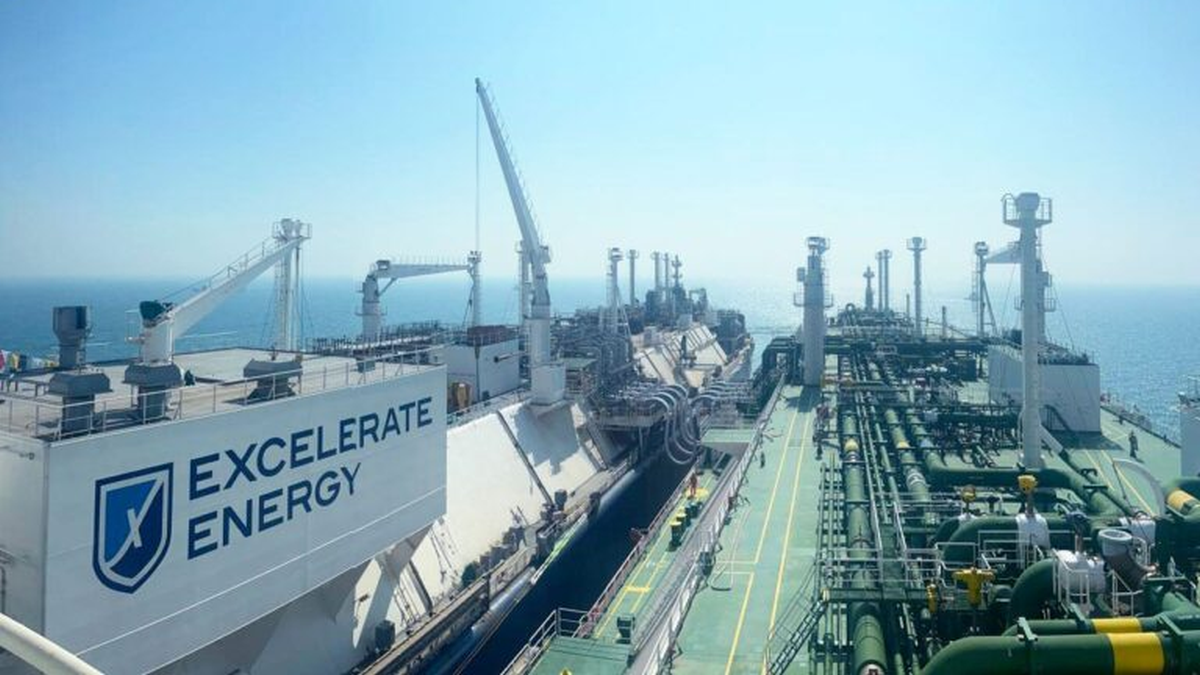Business Sectors
Events
Contents
Register to read more articles.
US box ports: soaring volumes, battling congestion and boosting facilities
Soaring cargo levels and congestion have affected some ports in the US, while terminal authorities continue to boost facilities and digitalisation efforts
US west coast ports have been battling congestion due to the impact of the pandemic as cargo levels soar to never-before-seen levels.
Port of LA cargo marketing manager Chris Chase tells CST, “We have been very busy for the last 11 months. In the pandemic, everything came to a grinding halt in March to June last year and suddenly we did a 180° switch and there is more cargo than we have ever seen.”
Indeed, for the fiscal year ended 30 June 2021, the Port of LA eclipsed the 10M TEU mark – a first for the port and in May this year it eclipsed 1M TEU, another first, on the back of an unprecedented buying surge from American consumers.
Mr Chase says, “There has been a huge buying demand from people staying at home and ordering stuff to their house.”
Inundated with cargo
He says the port started to see issues in October and November last year and over the thanksgiving holiday, “we started to see ships back up because they couldn’t be unloaded because the whole system was inundated with cargo”.
Mr Chase says they hit the worst part in February and March this year when there were close to 40 ships waiting to come into port. “Our customer base had to change the way they operate; slow down production on ships because there was no place on land to put [the cargo] and move containers off as quickly as they can, with containers staying twice as long as they generally do.”
Pre-pandemic, the port on average saw 10 ships every day. Post-pandemic this has gone up to 15, so work productivity has increased a huge 50%.
Nevertheless, the congestion issues have improved. The number of ships at anchor has significantly reduced; it peaked at 40 in January and February this year for the ports of LA and Long Beach combined and has now reduced to 10 or 12.
Matters that have helped include that terminal operators have increased off-dock facilities to store containers, and the availability of vaccines has increased manpower, with the roll-out being very quick.
Digitalisation efforts by the Port of LA have also been beneficial in managing the situation. Mr Chase says, “We have been on a digital journey for five years. There is a lot of data out there and there are many players that all need good information but have no means to share it. We are trying to create an environment where we get as much data as we can and share it, we are the sharing body.”
He singles out the success of the Signal solution launched by the port. This gives a three-week forward look of the volume heading to the Port of LA and is published daily. Mr Chase says, “It really gives you a snapshot, everybody can see this in the supply chain. If you see spikes and volume adjustments you can make changes and prepare. We have hundreds of people looking at it daily.”
He adds, “We’re trying to use machine learning to create better views for the next six months, to make decisions and help customers make decisions… we can help drive productivity and become more competitive.”
Moreover, the Port of LA has provided its terminal operators with incentives based around performance, to help boost efficiency.
Mr Chase sums up, “We ideally want to see more data sharing among ports so people can get a view nationwide but there is a lot of competition out there and this means it is not easy to do. The better we can get at this; we can become more competitive.”
E-commerce driving volumes
Neighbouring Port of Long Beach has also seen severe congestion caused by the pandemic and soaring volumes. “We’re optimistic this is shaping up to be one of our busiest years on record as we continue to overcome the challenges related to Covid-19,” says Long Beach Harbor Commission president Frank Colonna. “We will continue to collaborate with our waterfront workers and industry partners to move cargo quickly and efficiently through the supply chain during this time of ongoing economic recovery.”
Latest cargo figures show 724,297 TEU moved through Long Beach in June, up 20.3% from the same month last year.
“We anticipate e-commerce will drive much of our cargo movement through the rest of 2021 as retailers plan for a busy summer season,” says Port of Long Beach executive director Mario Cordero. “However, June serves as an indicator that consumer demand for goods will gradually level off as the national economy continues to open up and services become more widely available.”
The container volume surge experienced by the ports on the US west coast has also been seen in other areas in North America. The Port of Savannah achieved ‘incredible’ container trade volumes during fiscal year 2021. Over the first 11 months of FY2021 (July 2020 – May 2021), Georgia Ports Authority (GPA) set all-time container records at Garden City Terminal in August, October, November and March, while realising six other monthly TEU highs.
GPA is investing in capacity enhancement projects to accommodate current and future growth including the Berth 1 expansion, expanding Savannah’s crane fleet, adding container storage space, and moving forward on the Mason Mega Rail Project.
GPA executive director Griff Lynch tells CST, “Savannah’s capacity to take on additional trade as well as its diversified cargo portfolio – including ecommerce and strong export markets – have helped to drive business gains. Additionally, a housing boom has translated into strong demand for furniture, appliances and other home goods crossing our docks.”
He says, “Since the upswing in containerised cargo began in August 2020, GPA has seen significant growth in categories such as machinery, appliances and electronics, hardware and houseware, food, furniture, apparel and textiles.
GPA brought on container yard expansion, including 400,000 TEU of annual capacity in Q2 2020. Additionally, GPA has greatly expanded its container operation at Savannah’s Ocean Terminal. “In just under a year, an additional 6,000 TEU of new grounded container slots were added to Ocean Terminal,” Mr Lynch points out.
Strong markets for cargo
The port sees areas in mid America as a good target for capturing container cargo. To improve rail capacity, GPA will commission nine new working tracks, for a total of 18, at its Mason Mega Rail Terminal. Upon completion, the largest on-terminal rail yard in the nation will have the capacity to build and receive six 10,000-ft trains simultaneously.
Mr Lynch says, “This expansion will also ensure the free flow of cargo across our terminal and beyond our gates as Savannah takes on more business.
“New rail capacity at the Mason Mega Rail Terminal will open the Port of Savannah up as a viable new option for a mid-American Arc of cities, from Atlanta to Memphis, extending to St Louis, Chicago and the Ohio Valley, as well as ensuring cargo fluidity for existing customers.”
Looking ahead at future growth plans, Mr Lynch expands, “To strengthen its market position, Georgia Ports has started construction on a series of projects to expand capacity. The Georgia Ports Authority Board has approved US$305M in projects to increase Savannah’s annual TEU capacity from 6M to 7.4M.”
Over in Canada, the Port of Montreal has enjoyed a major milestone after taking another step towards building a new container terminal with 1.15M-TEU capacity. Port of Montreal community relations manager Christine Beaulieu tells CST, “MPA has been planning a new container terminal on its land in Contrecœur for more than a decade to support the growth of the container market in Quebec, eastern Canada and the midwest. Recently, we obtained our main environmental permit with the Decision Statement from the Minister of Environment of Canada, authorising us to proceed with the construction phase… It is a major milestone, five years in the making. The Minister’s decision is based on a thorough, science-based environmental assessment process, which concluded it is not likely to cause significant adverse environmental effects when mitigation measures are considered.”
Financing for the expansion project has been secured. The Canadian Infrastructure Bank in 2019 announced it will support the Contrecoeur expansion project up to CA$300M (US$240M). The Government of Quebec recently added its support to the project by providing a CA$55M contribution.
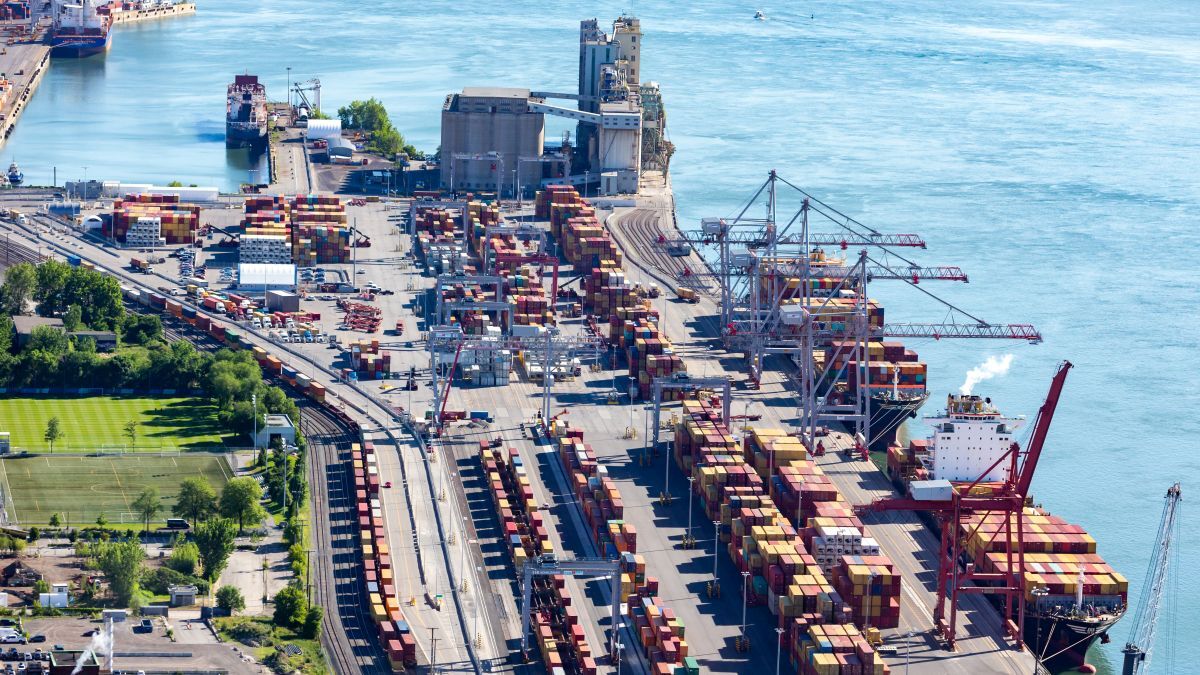
Overcoming labour dispute
The port has seen challenges due to the pandemic and labour disputes at the port. Strikes earlier this year affected cargo handling, but the port is back on track. On 1 May the port authority announced, “Operations at the Port of Montreal would regain needed stability gradually over the next few hours, following passage by the House of Commons of an Act to provide for the resumption and continuation of operations at the Port of Montreal. This decision means the operational and commercial uncertainty related to labour relations between the dockworkers’ union CUPE Local 375 and the Maritime Employers Association is now over.”
Ms Beaulieu tells CST, “The return of fluidity, with a dwell of less than two days in June, demonstrates the robustness of the Port of Montreal model. Container volumes are coming back to Montreal, despite the past year’s challenges, with a strong forecasted month of June. Another factor in favour of our recovery is the absence of vessel congestion. Unlike the west coast ports with weeks of vessel congestion and east coast ports struggling to manage the container bottle necks, the absence of vessel congestion in Montreal can be explained by the optimal use of our 11 container berths, providing plenty of capacity to handle multiple vessel calls. Specifically: we handle 10 to 12 container ships per week, there is no waiting time at anchorage.”
The port’s CargoM partnership – which facilitates the development of projects of common interest with private and public partners, in addition to allowing a constant dialogue with all industry players – also helped the port deal with challenges caused by the pandemic.
Ms Beaulieu comments, “CargoM has created an exceptional climate of collaboration, and therefore we are able to rapidly deploy innovative solutions such as Cargo2Ai, which allows the prioritisation of critical cargo during the pandemic. Without a doubt, CargoM has made Greater Montreal a much more agile and intelligent ecosystem when it comes to transportation and logistics.”
Looking at current aims and strategy within the container sector, the authority sees growth within the Asia market. Ms Beaulieu comments, “Volumes of the Asia market continue to evolve over the years, with container traffic from Asia representing 27.6% in 2020. We see this increasing trend from Asia continuing in 2021. Our carriers continue to increase the Asia offering via connections through Mediterranean ports (transhipment) which opened Asia to Ontario and Quebec’s shippers. As two-thirds of Canada’s population lives in Quebec and Ontario, many importers have quickly realised it is a viable option to ship from Asia via Montreal because we are closer to the market and closer to their customers and distribution centres.”
She adds that the midwest remains a significant market for the Port of Montreal.
Riviera Maritime Media’s Container Ship Tech & Ops Webinar Week is being held 2 September 2021 – use this link for more details and to register
Related to this Story
Events
Offshore Support Journal Conference, Americas 2025
LNG Shipping & Terminals Conference 2025
Vessel Optimisation Webinar Week
© 2024 Riviera Maritime Media Ltd.


